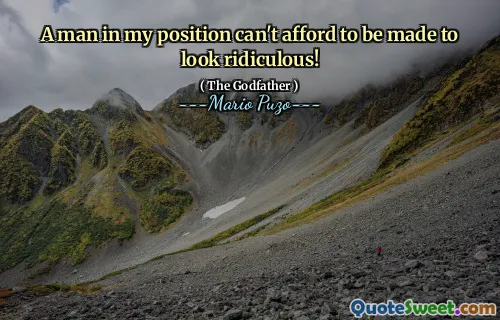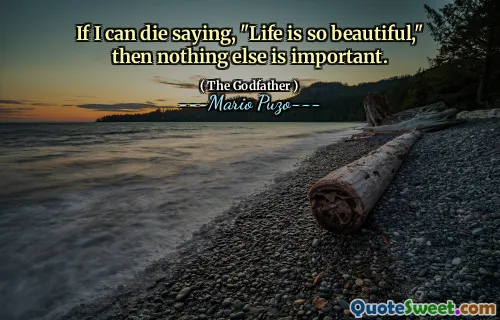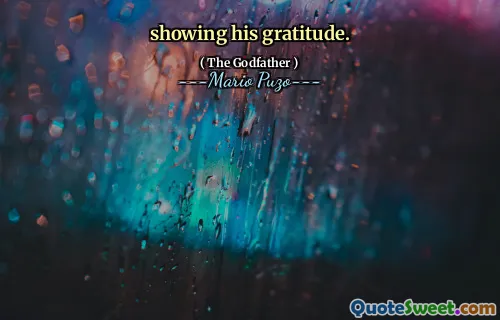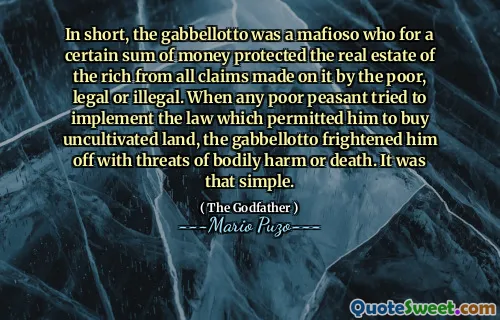
In short, the gabbellotto was a mafioso who for a certain sum of money protected the real estate of the rich from all claims made on it by the poor, legal or illegal. When any poor peasant tried to implement the law which permitted him to buy uncultivated land, the gabbellotto frightened him off with threats of bodily harm or death. It was that simple.
This quote vividly illustrates the corrupt symbiosis between organized crime and economic inequality. It exposes how a mafioso, referred to as the gabbellotto, acts as a guardian of wealth for the rich, effectively manipulating the legal and illegal systems to maintain the status quo. The depiction of the gabbellotto safeguarding property rights for the wealthy at the expense of impoverished peasants reveals the deep-rooted injustices in societies where power is concentrated and abuse of authority is commonplace. This system discourages the rightful pursuit of land ownership among the poor, instilling fear through threats of violence, thus suppressing social mobility and economic justice. On a broader level, this scenario underscores the pervasive influence of criminal enterprises in shaping societal structures, blurring the lines between legality and illegality to serve the interests of the few. It reflects the harsh realities faced by marginalized populations who are denied access to land and opportunity, trapped in cycles of coercion and fear. Such practices hinder democratic principles and exacerbate social disparities, perpetuating cycles of poverty and corruption. The quote prompts us to critically examine how entrenched corruption and criminal interference undermine fair governance and equitable economic development, raising questions about the effectiveness of law enforcement and the importance of social justice reforms to counteract these entrenched corruptions.









